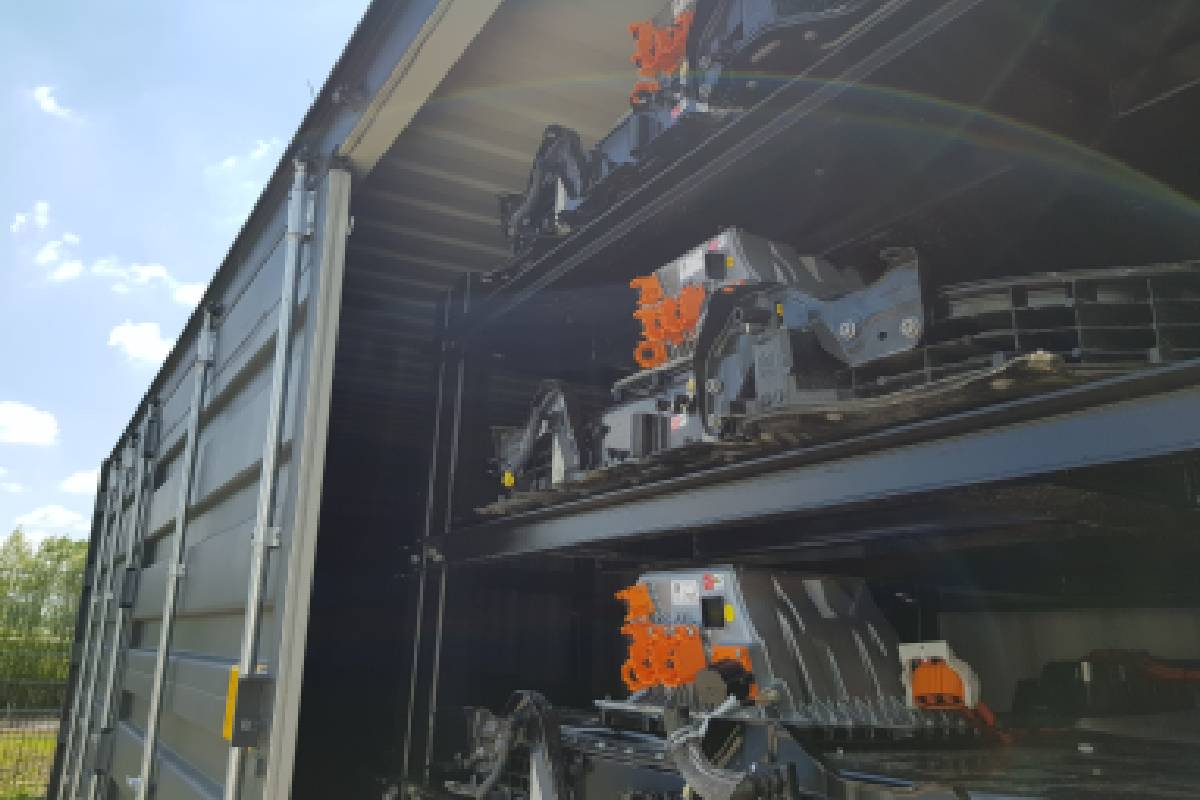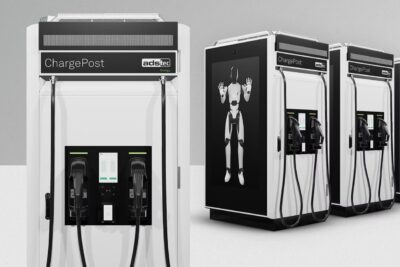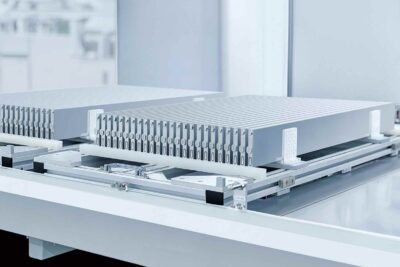German research team completes stationary energy storage project
In more than three years of work, the PEM team developed a stationary storage system for decentralised energy supply in municipalities, which is made up of various used batteries sourced from electric vehicles and has a capacity of more than one megawatt-hour.
“With a residual capacity of around 80 per cent, most traction batteries are no longer suitable for further use in electric cars, but they have sufficient capacity for another several years of second-life use in modular energy storage systems,” explained PEM Director Professor Achim Kampker.
To complete the project, the RWTH Chair worked together with project partners including DEKRA, Renewable Energy Agency, and PEM Motion to develop an algorithm for controlling all second-life batteries of the high-voltage storage system. The team then analyzed 144 permutations to produce “the best possible prototype for different applications.”
Over the next few years, the storage systems developed in Aachen are to be commissioned in two Fluxlicon pilot municipalities. “Each municipality has its own consumption profiles with an increasing number of power sources and different energy sinks, so stationary storage systems can play a crucial role in ensuring security of supply,” stated Merlin Frank, PEMʼs Fluxlicon project manager. Further, the company wrote that one of the two storage systems has already been installed in Wolfenbüttel, Germany. It features a grid interface for the integration of renewable energy and a fast-charging option. In February, the second storage system is to be transported to Ludwigsburg in southern Germany.
As part of the project, the PEM team also conducted further research into economic aspects and created an index for the pricing of aged traction batteries. “The growing demand for electric vehicles and the increasing number of end-of-life battery systems are creating a market for used batteries,” Frank added. “Understanding this segment and its dynamics is vital for a functioning circular battery economy.” PEMʼs second-life battery price index increases cost transparency for lithium-ion batteries and is described in more detail in the open-access publication ‘Understanding the Economics of Aged Traction Batteries: Market Value and Dynamics.’
The PEM has been involved in multiple types of mobility research, most recently completing a project on the subject of electric trucks with DRivE. In the DRivE project, PEM developed a new route planning system for electric trucks and tested it in real-life operations. Towards the end of last year, the research team also developed a new type of hybrid drying process for the production of lithium-ion batteries, fuel cells and electrolysers, bundled under the project ‘Hy-Dry’.





0 Comments